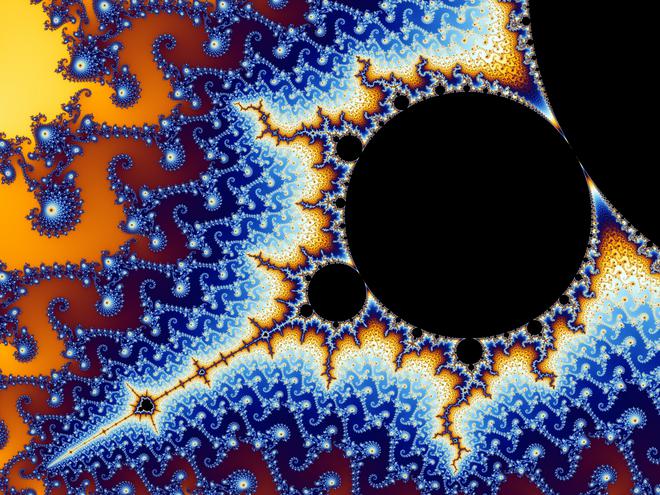The Science Quiz appears thrice a week in the daily Science page. The page is available to read on all days except Saturday in the epaper.
Questions:
Q: The French-American mathematician ______ __________ coined the word ‘fractal’ to denote shapes whose geometric features repeat themselves at some smaller scale. Fill in the blank.
A: Benoit Mandelbrot
Q: Name the city on the west coast of Africa that was destroyed by British troops in 1897, renowned for incorporating fractal designs into its architecture and urban planning. At the time, the city was also surrounded by walls that the Guiness Book of Records has called “the world’s largest earthworks carried out prior to the mechanical era”.
A: Benin City
Q: A common instance of a ___________ figure in three dimensions is the shape of a lightning strike. In two dimensions, this figure is created when a heavy electric current is discharged through an insulating material, creating a fractal pattern as it progresses. Fill in the blank.
A: Lichtenberg figure
Q: Name the famous Indonesia whole-cloth dyeing technique that UNESCO designated as a Masterpiece of Oral and Intangible Heritage of Humanity in the country. This technique is renowned for making use of fractal patterns in its designs.
A: Batik
Q: Using fractal analysis, a famous 2009 study found that the size and spatial arrangement of trees in a forest are related to the way the _____ in the trees are arranged. Fill in the blank with the name of a type of tissue.
A: Xylem

Q: This image shows the plot of a particular function on the complex plane, i.e. where one axis is real numbers and the other is imaginary numbers. It is a famous fractal set: if you keep zooming in, you see the same shape. Name it.
A: Mandelbrot set







